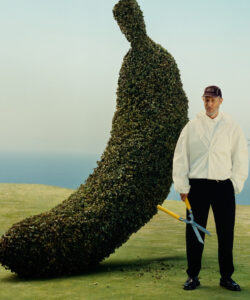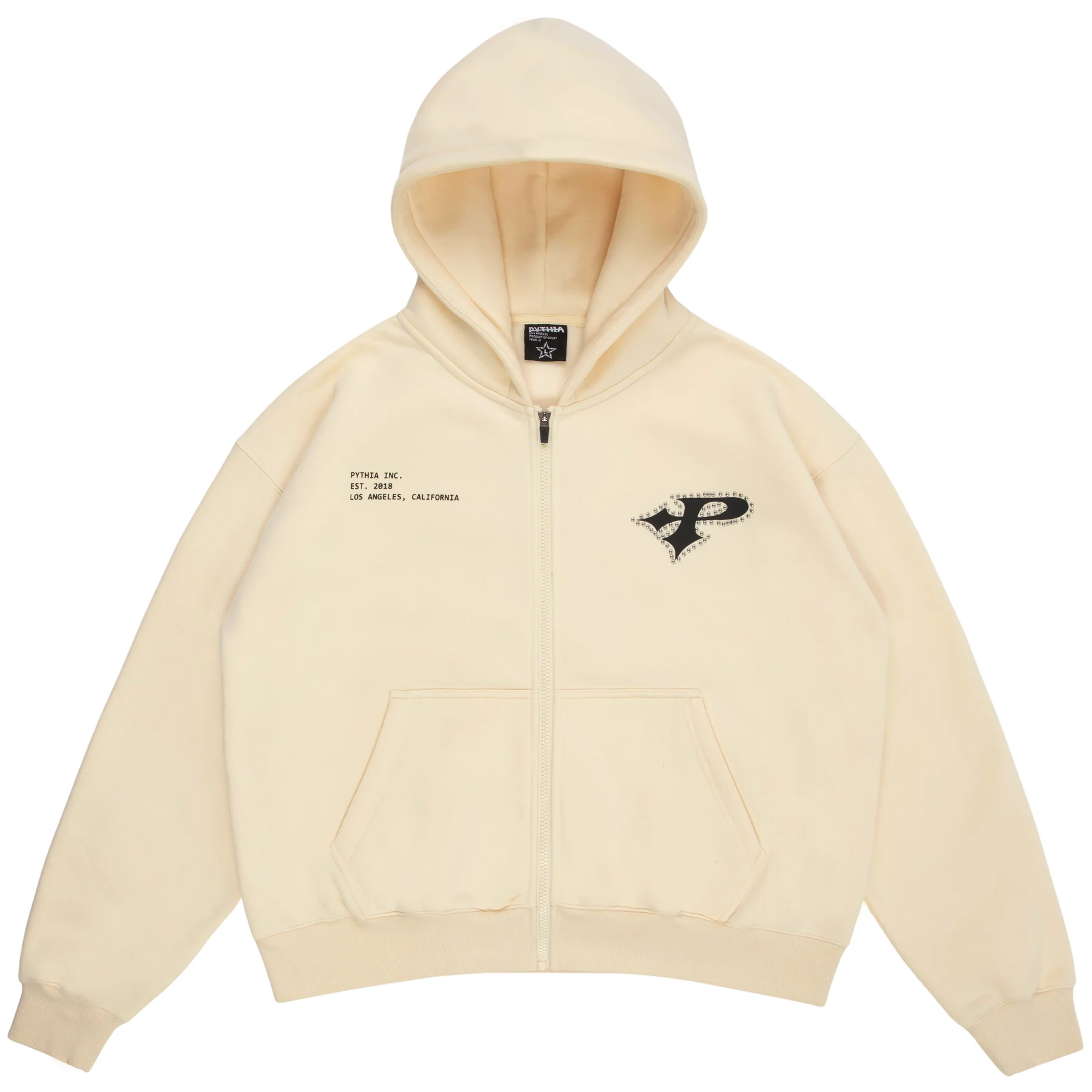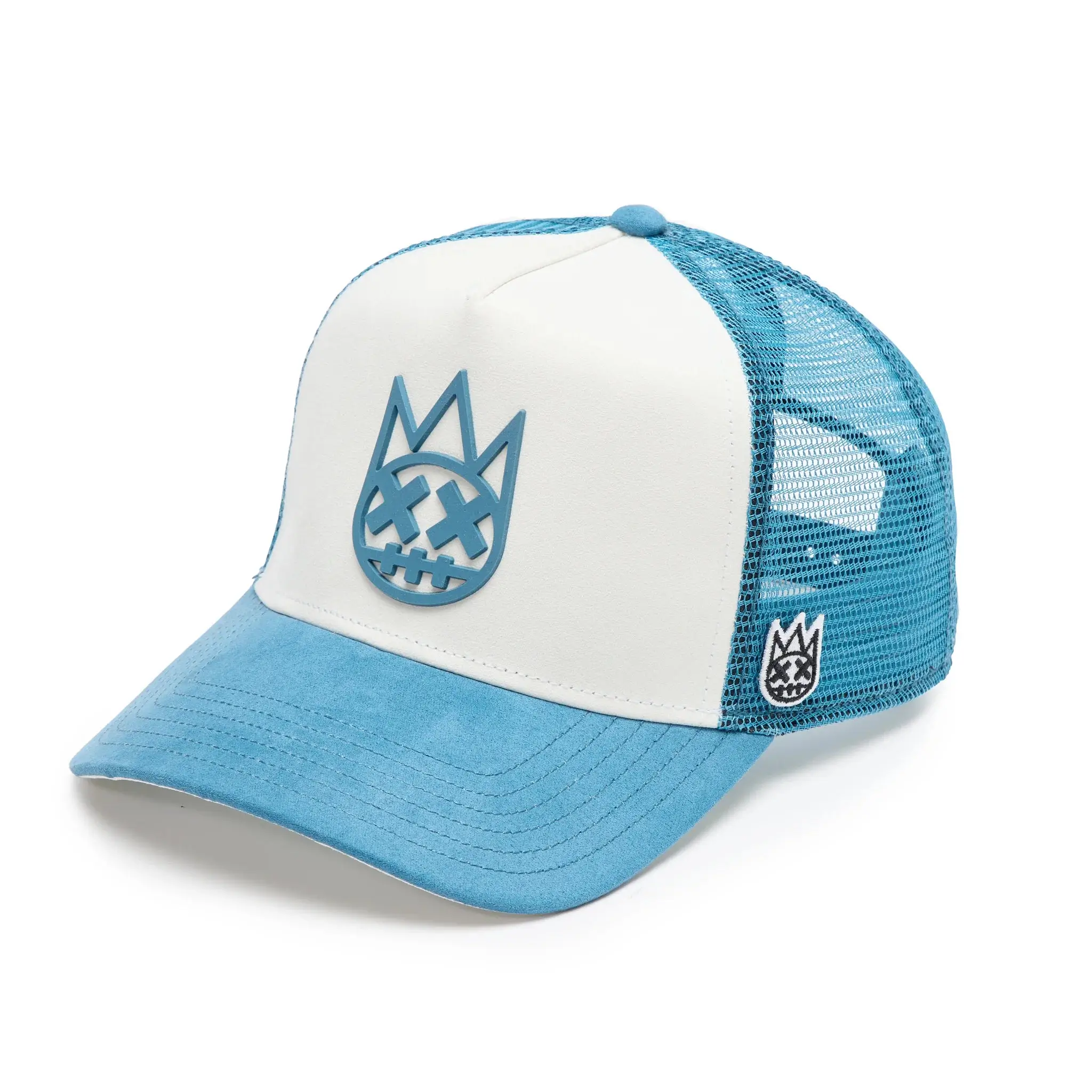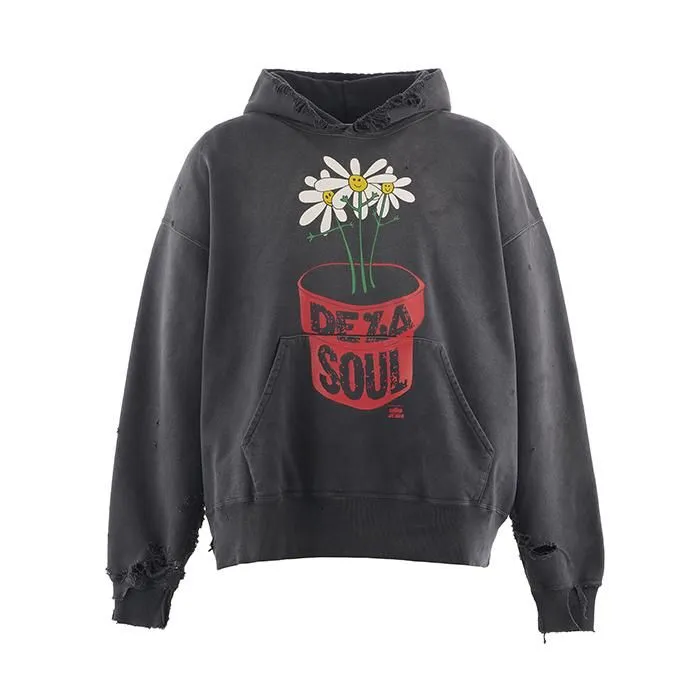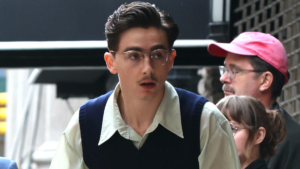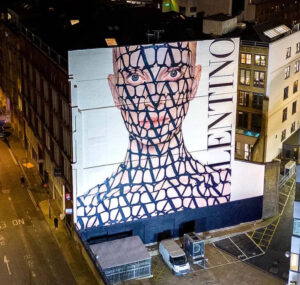
In the hands of most brands, the pairing of a veteran character actor, a banana suit, and Los Angeles suburbia might feel like surrealist detritus — but for Jacquemus, it’s calculated, poetic, and entirely on-brand. The French house’s latest campaign, titled “Going Bananas for Jon,” casts Jon Gries — known for his haunting, hilarious turn as Greg in The White Lotus — in a sun-blanched, offbeat fantasy that unfolds like a series of daydreams plucked from the brain of Simon Porte Jacquemus himself.
Gries is not a conventional model. Nor is this a conventional campaign. Shot across residential driveways, swimming pools, and freeways of Los Angeles, the series imagines Gries alternately adrift and at home in a world that is as much about feeling as it is fashion. Wearing oversized suiting, soft pastels, exaggerated accessories, and that now-infamous banana costume, Gries functions as both muse and mirror to the Jacquemus ethos — playful, poetic, slightly absurd, and wholly self-aware.
What makes this campaign compelling is not simply its image-making — though the photos, as always with Jacquemus, are saturated in sun-drenched elegance — but its narrative instinct. This is a brand that thinks cinematically, and with Gries, a man who has made a career out of strange tenderness, Jacquemus expands the frame of what a fashion campaign can be.
The Unlikely Muse
At first glance, Jon Gries seems an unexpected choice. His persona — equal parts tragic, comic, and weary — has often been confined to supporting roles that haunt the periphery. But that is precisely the point. Gries represents an archetype rarely exalted in fashion: the man out of time, the aging wanderer, the endearing eccentric. Jacquemus doesn’t seek conventional beauty; it seeks character. And in Gries, it finds a soul who wears the clothes not just on his body, but in his expressions, movements, and subtle existential comic timing.
Simon Porte Jacquemus has long played with themes of memory, the Mediterranean, and the personal mythologies of masculinity. Here, Gries becomes a vessel for these ideas — an avatar of age, wit, and emotional subtlety. He smiles with weariness, poses with knowing detachment, and lounges poolside like a man who has seen too much but still believes in small pleasures.
The Visual Language of California
Set against the distinctly suburban backdrops of Los Angeles, the campaign leans heavily into a European reading of American surrealism. There’s a palm-tree kitsch to every frame, an exaggeration of West Coast Americana that recalls David Hockney, Harmony Korine, and the Coen Brothers all at once. Bright skies, concrete patios, swimming pools, and banana trees fill the mise en scène. But despite these Californian staples, the mood feels distinctly Jacquemus: saturated, smiling, and quietly absurd.
There’s a subtle critique beneath the humor — a commentary on the hollow rituals of lifestyle and retirement, of manicured lawns and emptied-out dreams. Yet there’s affection, too. Jacquemus doesn’t ridicule Los Angeles so much as he romanticizes its contradictions. And Gries, who seems simultaneously in love with and alien to this landscape, embodies that ambiguity.
Fashion as Narrative Sculpture
Of course, the garments themselves are worth pausing over. The collection includes signature Jacquemus pieces: tailored jackets in blush tones, breezy shirting with asymmetrical silhouettes, trousers that sit loose on the ankle like a poet who’s been too busy thinking to adjust his hemline. Accessories — exaggerated sunglasses, sculptural bags, and the now-iconic banana costume — serve not just as flourishes but as structural elements in the unfolding story.
The clothes aren’t simply being modeled — they’re being lived in. Wrinkled, sunlit, and skewed, they take on a theatrical life of their own. This is not fashion frozen in time, but fashion in motion, amidst the ridiculousness of life. One scene shows Gries reclined on a banana-shaped floatie; another, crouched with absurd determination under a freeway billboard, dressed like a cartoon detective. It’s all deeply unserious — and deeply effective.
The Power of Casting Against Type
Much like when Loewe cast Maggie Smith or Balenciaga featured Isabelle Huppert with unsettling gravitas, Jacquemus here taps into a growing shift within fashion: the valorization of age, idiosyncrasy, and lived-in charisma. The industry, long obsessed with youth and homogeneity, is undergoing a subtle transformation. And Jacquemus — always an observer of both high and low culture — is right at the center of it.
Gries brings an actor’s intuition to the still image, capturing that elusive quality between performative and candid. You’re never quite sure whether he’s in character or simply being himself, and that ambiguity creates a powerful tension. He doesn’t just wear the clothes; he tells a story through them. That story — about longing, humor, aging, and joy — resonates far more deeply than the sterile perfection of so many campaigns.
A Brand That Refuses to Flatten
Jacquemus has always flirted with parody. Its show titles, like Le Splash or Le Papier, suggest a knowing detachment, even as the clothes themselves lean toward sincerity. There is a gentle contradiction at the heart of the brand — it refuses to be either high or low, funny or serious, wearable or conceptual. It lives in-between. And that’s where this campaign thrives.
“Going Bananas for Jon” is a joke, yes — but it’s a joke with heart. The pun is intentional. But so is the casting. So is the tenderness in every composition. There’s a quiet message encoded in these photos: that fashion can hold space for everyone. That storytelling matters. That it’s okay to laugh. That the banana suit — silly, absurd, maybe profound — is as valid a fashion moment as any couture gown.
Impression: Fashion’s New Poetics
Jacquemus doesn’t design for the runway alone — he designs for the emotional memory. The brand’s campaigns consistently function like short films, capturing not just clothes but atmospheres, contradictions, and emotions. “Going Bananas for Jon” is its latest triumph in this vein — a portrait of a man and a city, a meditation on age, fame, style, and absurdity.
In casting Jon Gries, Jacquemus gently subverts the power structures of fashion — offering visibility to the overlooked, humor to the solemn, and feeling to the fabricated. This isn’t just marketing. It’s mythmaking. And like all good myths, it leaves us wondering: was that real, or was it just a dream in the California sun?
No comments yet.


